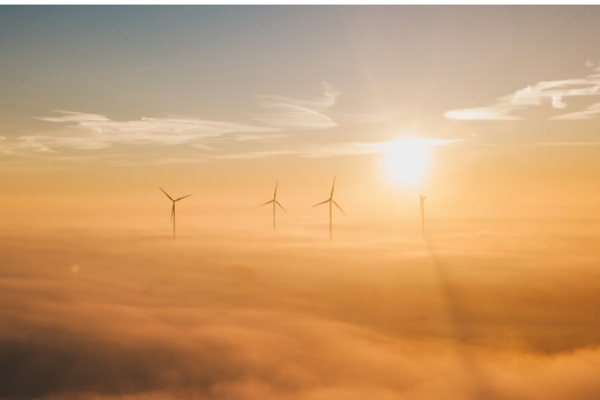At the 2023 COP28 summit, nearly 200 countries agreed to double the global rate of energy efficiency improvements by 2030. This decision highlights energy efficiency as a critical part of the clean energy transition. However, one year later, progress remains slow, with improvements in energy efficiency showing only a modest increase of about 1% in 2024, similar to 2023. This rate falls short of the target set for 2030. That is a real pity, as efficiency measures hold the promise of achieving much without the commensurate investments that adding green energy capacity, for instance, demand.
Energy efficiency measures can play a major role in reducing fossil fuel demand. Following the International Energy Agency’s (IEA) scenario to achieve net-zero emissions by 2050, increased efficiency could reduce oil demand by 70% and gas demand by 50% by 2030. This would be roughly equivalent to the oil consumption of China and the gas use of Europe in 2024.
Governments of countries representing over 70% of global energy demand have introduced new efficiency policies. For example, Kenya made building energy codes mandatory, the EU committed to zero-emission building stock by 2050, and the U.S. updated fuel economy standards for heavy-duty vehicles. In total, governments allocated about $60 billion to building efficiency and $45 billion to low-emission vehicles in 2024, bringing global efficiency investments over the past five years to over $1 trillion.
Despite these investments, many new buildings and industrial motors worldwide still lack energy performance standards. Combined public and private investment in efficiency across sectors is expected to reach $660 billion in 2024, matching the 2022 record. Efficiency investments have risen by nearly 50% since 2019, yet gaps persist, particularly in skilled labor for HVAC installation and electrical work.
Electrification is another driver of energy efficiency, with the share of electricity in global energy demand set to grow by nearly 2% in 2024. Though some regions, such as China, report steady gains, global electrification growth remains half the rate required for a net-zero pathway by 2030.
Extreme temperatures have boosted global sales of air conditioners, increasing peak electricity demand. Though efficient cooling models are available, inefficient ones are still common, straining electric grids in many regions.
Countries are preparing new Nationally Determined Contributions (NDCs) under the Paris Agreement, presenting an opportunity to prioritize energy efficiency in long-term climate strategies.


